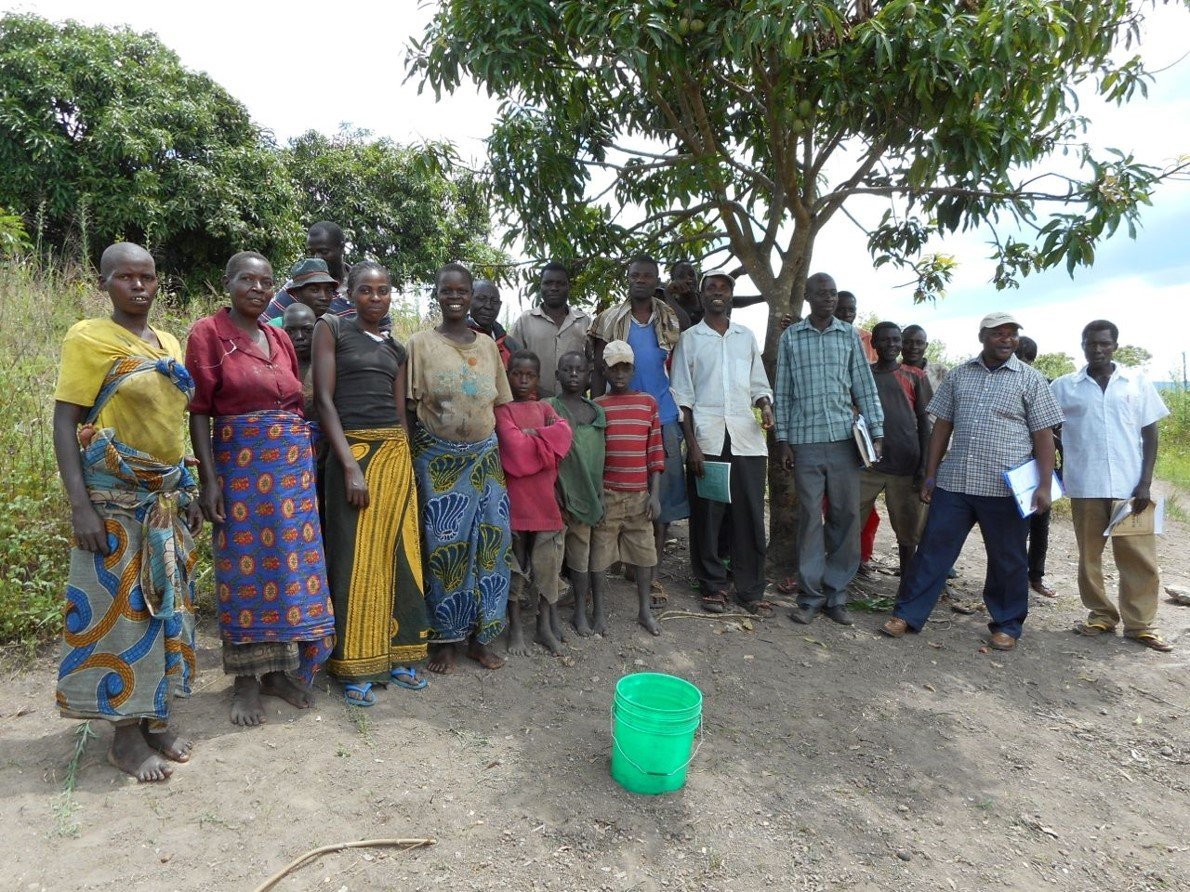Water, Sanitation and Hygiene (WASH)

Share this step
In this article, we will see how important it is that water sources, water technologies, and sanitation are all coordinated. We will also explore why hygiene education is a key piece of the puzzle to achieving SDG 6.
WASH stands for the interrelated public health issues of Water, Sanitation and Hygiene, particularly with respect to international development. Given the overlap between these three areas, a much stronger public health outcome can be achieved if they are all addressed in a coordinated manner at the same time, rather than focusing efforts on each area separately.
Affordable access to WASH is therefore a key public health issue, especially in developing countries, and should be used as a strategy to achieve many of the targets of SDG 6.
Water committees
Any WASH intervention, such as installing water pumps or improving sanitation facilities, needs to be based on a participatory approach with the community. For example, initial meetings are held whereby the overall strategy and plans are discussed; a local water committee should be formed. This water committee can then act as the community’s interface with the organisation or government agency during subsequent planning and construction phases, ensuring the community’s involvement in any decisions taken regarding the establishment of water points and sanitation facilities. Such involvement at every stage should engender a sense of ownership of the infrastructure in the community that is essential with respect to longer term sustainability of such a programme.
It is also critical that a robust financial model is devised and put in place during these early stages so that everyone understands questions such as the following:
- Will we have to pay for water?
- How much will it cost and how often will we have to pay?
- Will payments be for the amount of water used or a flat rate per household?
- How equitable will the payments be? Does everyone have to pay?
- Who will collect the money?
- What will it be used for? Maintenance? Paying a caretaker?
- How will the money be saved?
The water committee will also be responsible for ongoing education about hygiene, particularly related to water and sanitation diseases. This education needs to be continued before, during, and after the installation of water points and sanitation facilities.
The water committee will also then be responsible for ongoing maintenance of the infrastructure after it has been installed. A typical water committee might consist of 8 people with the following roles: chairperson, secretary, cashier, caretaker, and four health/hygiene members. It is essential that there is a gender balance in such a committee and that women occupy a significant number of key roles.
This is especially important in cultures where women are primarily responsible for the day-to-day collection and subsequent use of water.
 Health workers from a water committee in Niger showing the use of PHAST cards as part of hygiene education training.
Health workers from a water committee in Niger showing the use of PHAST cards as part of hygiene education training.Hygiene education
Water points
- Are there surface water sources available and what is their quantity and quality potential?
- Are they sustainable all year round?
- Are there any cultural reasons why they should not be used?
- Alternatively, what is the potential for groundwater sources?
- Are there springs higher up or lower down on the hillside, for example?
- How deep is the water table and how much water is the local bedrock likely to provide as a continuous supply?
- How close are the alternative water sources to the community and will they require ongoing energy in the form of pumping?
- Can the pumping be achieved manually or can energy be supplied by renewable sources etc.?
Sanitation facilities
- Who will ultimately own and be responsible for ongoing maintenance of the facilities – the local government, the community?
- How will this be financed (as discussed above)?
- Who will carry out maintenance and how will this be done?
For example, if water collection requires a long walk, carrying a 20 litre container, several times per day then dry toilets may be more appropriate, compared to a scenario where a high level spring can be used to bring piped water directly down to a community where pour-flush or cistern-based toilets can be used.
This then knocks on to whether there will be a waste water effluent which needs to be disposed/treated. Is there space to do this on-site via some natural means (soil treatment?), or does it need to be collected in a more decentralised or centralised treatment facility? This will be somewhat dictated by the density of the population and available land. Any impact on the environment, and especially nearby vulnerable receptors (lakes, rivers, sea etc.), must also be mitigated by the design.
Finally, any sanitation infrastructure must ensure that the interface for the users engenders a sense of security and dignity.
- How did you learn about hygiene education: formal lessons in school or more informally from friends and family?
- At what age did you become aware of the fact that water can carry disease forming organisms?
Share this

Reach your personal and professional goals
Unlock access to hundreds of expert online courses and degrees from top universities and educators to gain accredited qualifications and professional CV-building certificates.
Join over 18 million learners to launch, switch or build upon your career, all at your own pace, across a wide range of topic areas.
Register to receive updates
-
Create an account to receive our newsletter, course recommendations and promotions.
Register for free








